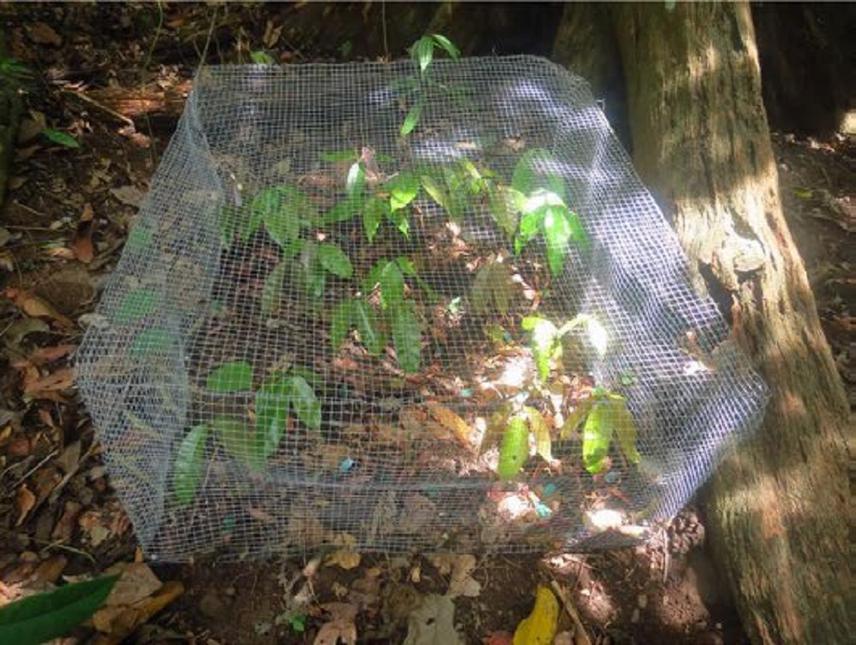Rajeev Pillay
Other projects
27 Jan 2010
Mammals on the Margin – Documenting Recent Changes to Large Mammal Distributions in a Densely Populated Biodiversity Hotspot
I aim to assess the importance of twice-logged Bornean rainforests as habitat for mammalian frugivores and the consequences of the loss and fragmentation of twice-logged forests for this important dietary guild.
Extensive tracts of Southeast Asia’s rainforests have been repeatedly logged, with a gap of 20 years or less between cycles. Local governments and oil palm plantation companies often regard the forests that remain after two logging cycles as degraded and of insignificant biodiversity and conservation value. This makes twice-logged rainforests vulnerable for conversion to oil palm plantations. However, recent research indicates that twice-logged rainforests can harbour a great diversity of taxa. For instance, around 75% of the bird species occurring in primary rainforests were also found to occur in twice-logged rainforests.

Seedlings in an experimental (vertebrate exclosure) plot. © Rajeev Pillay
Twice-logged forests may provide an important habitat supplement to primary forests by providing the large amounts of area needed to conserve wildlife populations, especially with regard to wide-ranging mammals. Mammalian frugivores constitute a key functional group due to their contribution to vegetation recovery and rainforest regeneration through seed dispersal. I propose to assess the importance of twice-logged rainforests as habitat for mammalian frugivores and the consequences of the loss and fragmentation of these forests for this key dietary guild.
The Stability of Altered Forest Ecosystems (SAFE) Project (www.safeproject.net) is the largest and most rigorous experiment on habitat loss and fragmentation worldwide and encompasses a gradient of forest modification including unlogged old growth forest, continuous twice-logged forest, experimentally fragmented twice-logged forest embedded in an oil palm matrix as well as continuous oil palm plantation. The experimental site comprises 42 fragments ranging in size from 1-100 ha. Importantly, the land clearing for the SAFE Project is not because of this experiment; the Malaysian government has been planning large-scale land clearing for oil palm cultivation for several years. However, the government was recently convinced to clear this land in an experimental manner to allow scientists to explicitly test for the effects of habitat loss and fragmentation on biodiversity and ecosystem functioning in this biologically important region.
I will leverage the landscape-scale experimental design of the SAFE Project to quantify and compare mammalian frugivore species richness and community composition in:
1. Primary unlogged rainforest;
2. Continuous twice-logged rainforest; and, the response of the frugivore community in:
3. Experimentally fragmented twice-logged rainforest.